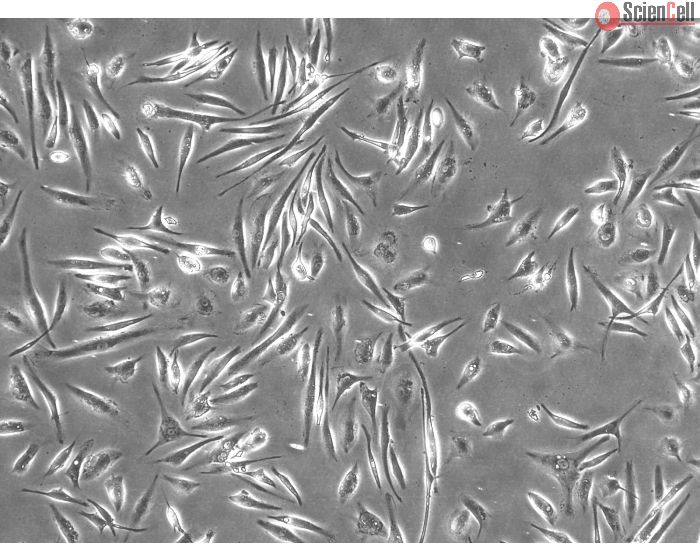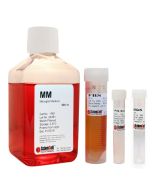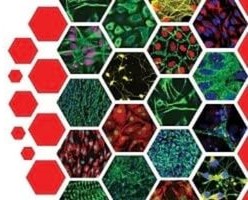Human Microglia
Catalog No.
1900
HM from ScienCell Research Laboratories are isolated from human brain. HM are cryopreserved after purification and delivered frozen. Each vial contains >1 x 106 cells in 1 ml volume.
This product has limited availability and is only available for purchase for domestic customers. For more information, please contact sales@sciencellonline.com
$1,005.00
In Stock




